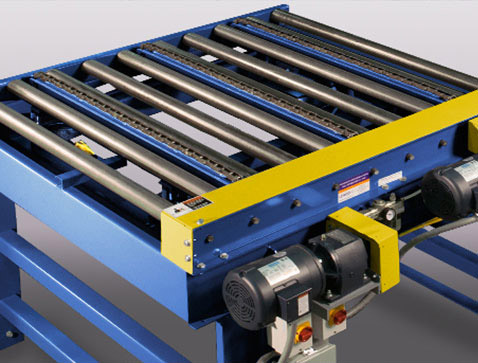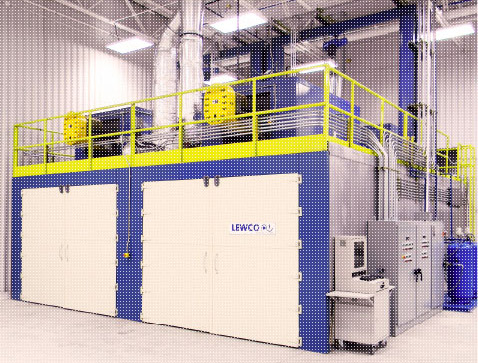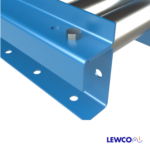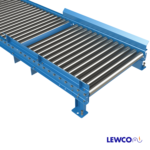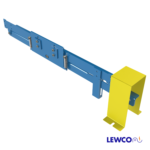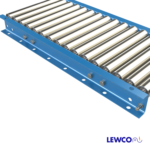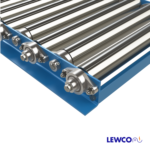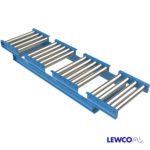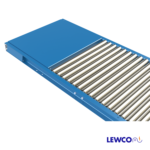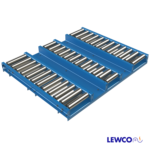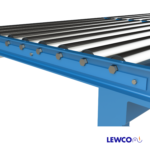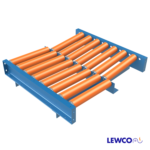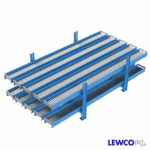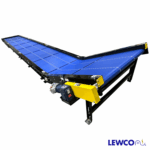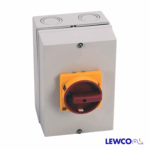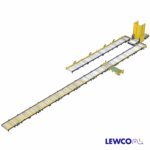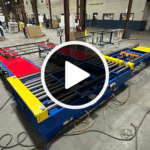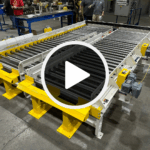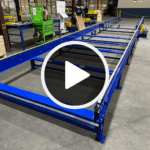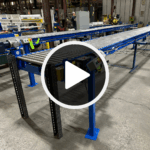Gravity Roller Conveyors are ideal for applications that require an economical, non-powered means for conveying material. This heavy-duty conveyor is used for handling pallets, dunnage racks, containers, structural steel, and drums. Straight sections can easily incorporate Curves and Spurs. The 2.6”dia. x 7ga. roller in this conveyor is more robust than a 2.5”dia. x 11ga. roller.
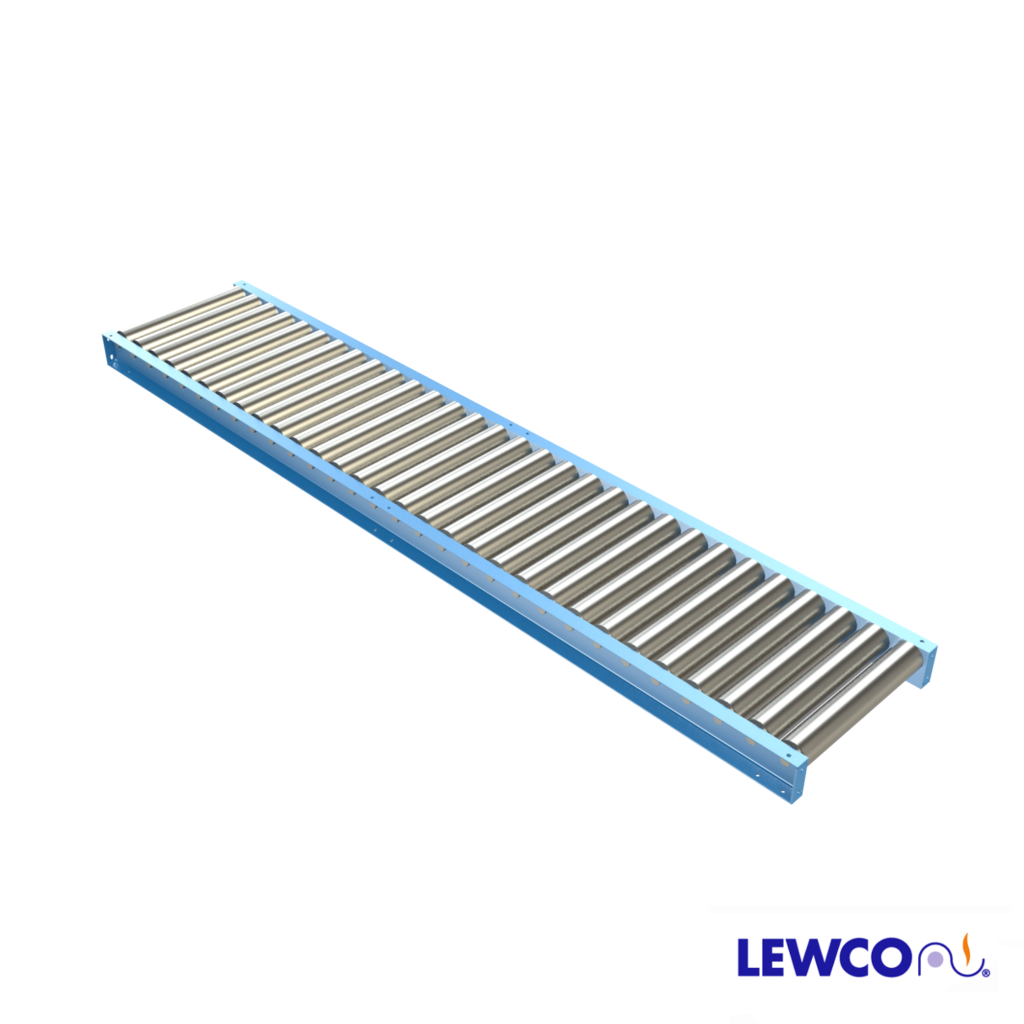
BETWEEN FRAMES: 6″ to 90″
LENGTH: 12″ to 120″
ROLLER CENTERS: 4″, 6″, 8″, 12″
ROLLERS: 3.5″ dia. x 0.30” mild steel tube with 1″ hex axle, spring retained, with precision, grease packed bearings. For additional roller options & details, click HERE.
ROLLER TUBE & COVER OPTIONS:
- Standard– Bare Carbon Steel, Pickled & Oiled
- Orange Polyurethane, 1/8” Thick (Carbon steel tube)
NOTE: Axle is carbon steel unless specified otherwise.
FRAME CONSTRUCTION: Standard frame (F95) is structural channel, 5”@6.7# with rollers set 3/8” high. Welded angle crossties. See product drawing for additional options & details.
FRAME CONNECTION / COUPLINGS: Welded 1/4″ plate butt couplers on both ends of channel.
CONVEYOR COLOR: Powder coated blue (RAL 5017). Click HERE to see other standard color options. Custom colors also available.
Options & Accessories:
- End Stops
- Guardrail
- Mechanical Roller Brakes / Speed Control
- Pneumatic Pop-Up Stops & Roller Brakes
- Walkover Plates
- Drip Pans
- Bottom Covers
- Fork Truck Barriers
Floor Supports:
- Floor supports are not included unless specified. Supports can be added to achieve a variety of heights (Top of Roller).
- Supports can be added with different beginning and ending elevations to achieve gravity flow.
- Floor supports can be provided on 5′ or 10′ nominal centers. It is recommended that conveyors wider than 32″ have supports on 5′ centers. It is also recommended that conveyors with height elevations above 35″ use knee braces (model KB17 or KB18).
- View all support options
| Weight Capacities | ||||
|---|---|---|---|---|
| Model | Roller Capacity | Gravity Conveyor Capacity | ||
| No Supports (set on floor) | Supports on 5′ Centers | Supports on 10′ Centers | ||
| 1418 | 50# | 1,000# | 900# | 350# |
| 1916 | 250# | 3,300# | 3,200# | 1,300# |
| 1912 | 260# | 3,300# | 3,200# | 1,300# |
| 1909 | 300# | 3,300# | 3,200# | 1,300# |
| 2514 | 290# | 3,300# | 3,200# | 1,300# |
| 2511 | 750# | 8,100# | 8,000# | 3,750# |
| 2607 | 750# | 8,100# | 8,000# | 3,750# |
| 3530 | 2,000# | 22,100# | 22,000# | 11,000# |
Note: Capacities listed are an estimate only to be used as a general guideline.
Capacities are based on evenly distributed loads. There are several variables that factor into determining capacity, including how the product is loaded.
When a conveyor is on floor supports, the conveyor frame rails are typically the limiting factor when determining weight capacity. In other words, if a conveyor frame is set directly on the floor, it can handle much more weight than a conveyor on supports.
If you’re unsure about selecting the right conveyor, please consult our sales team and we’d be happy to help you!

